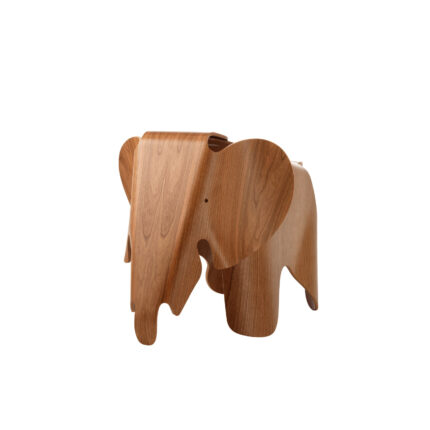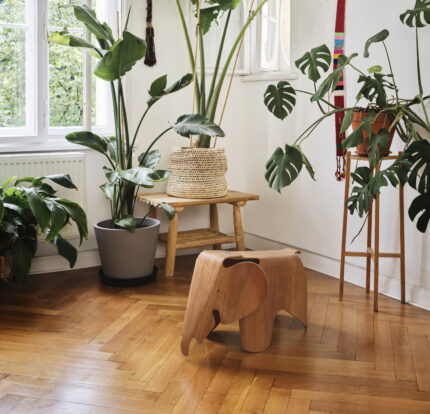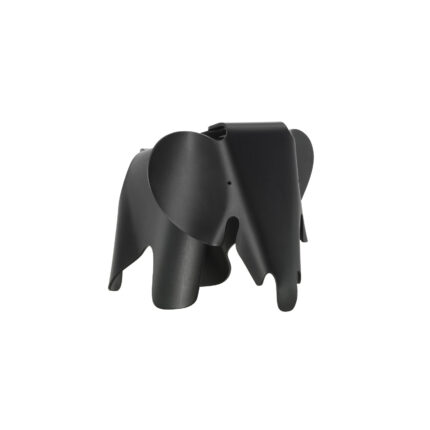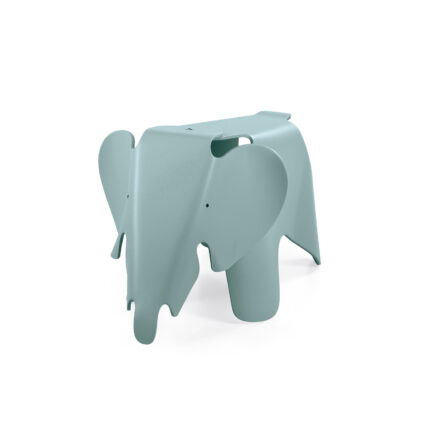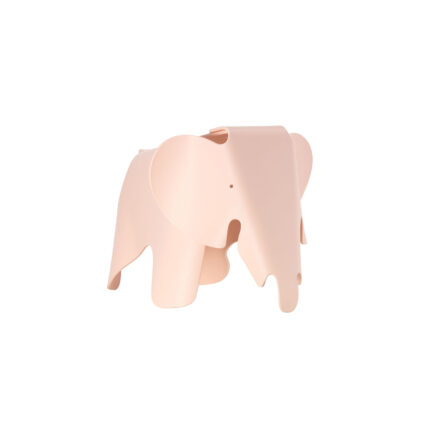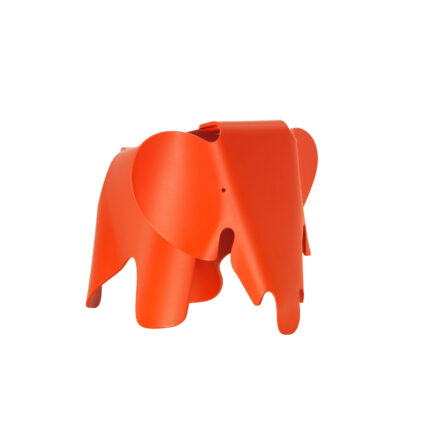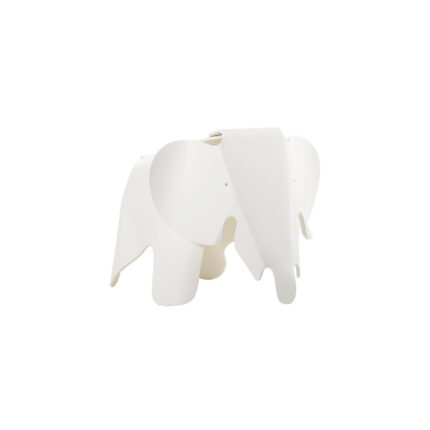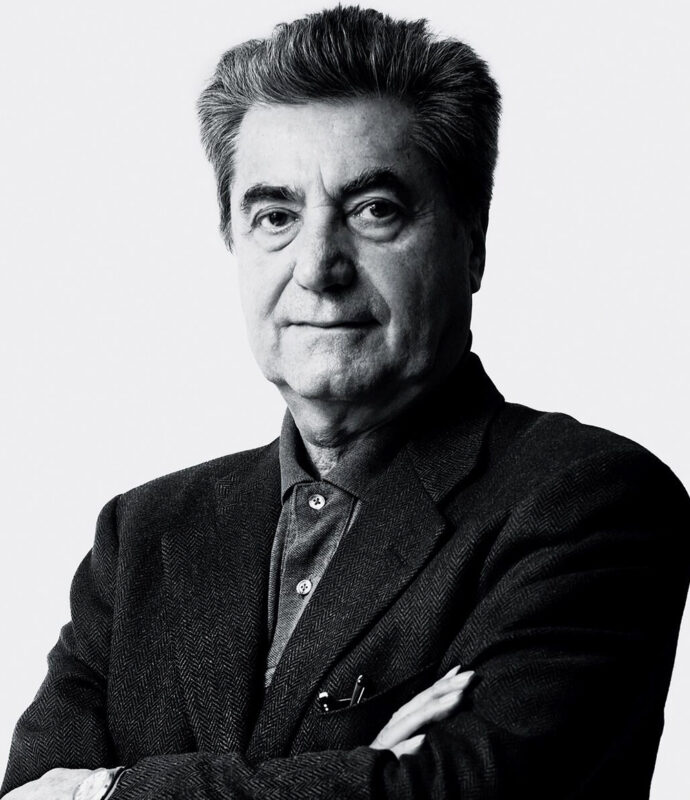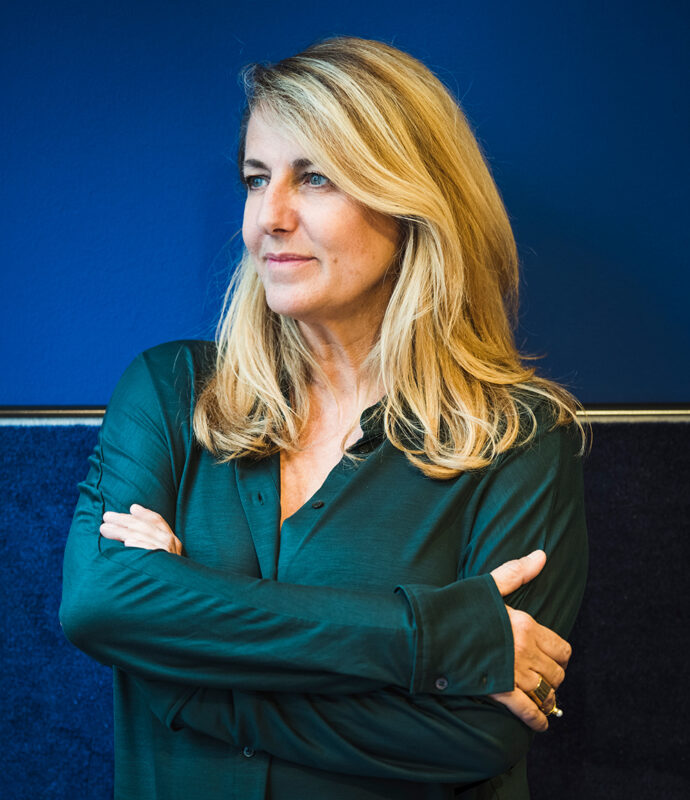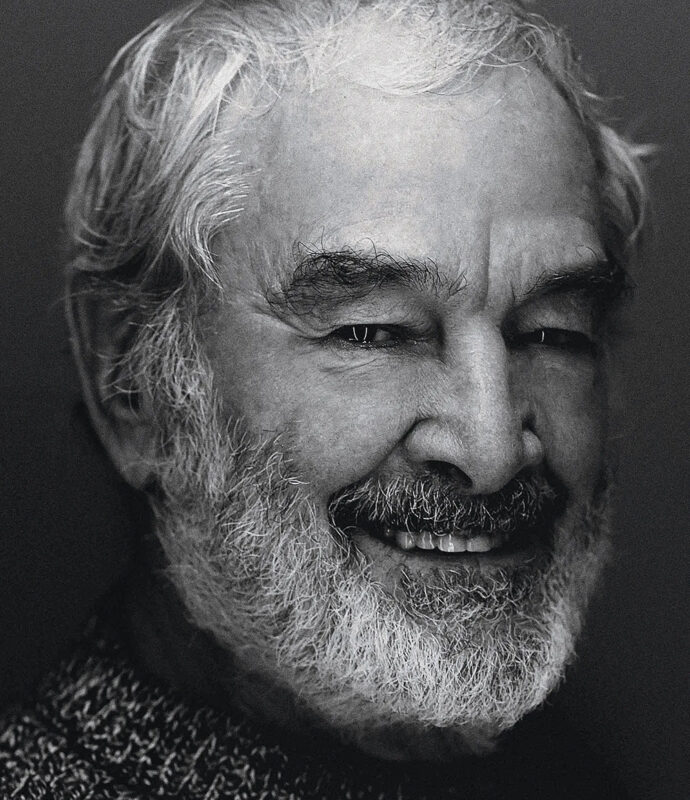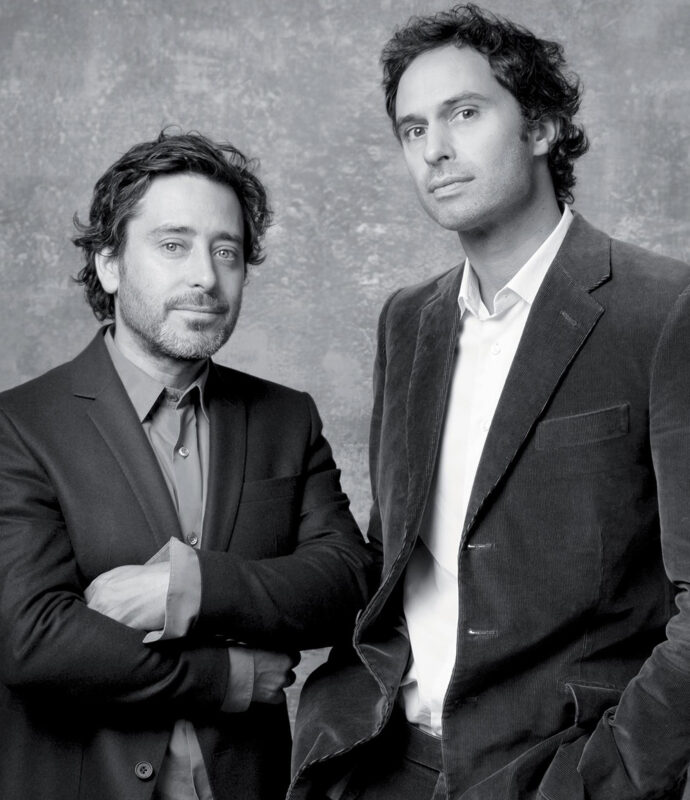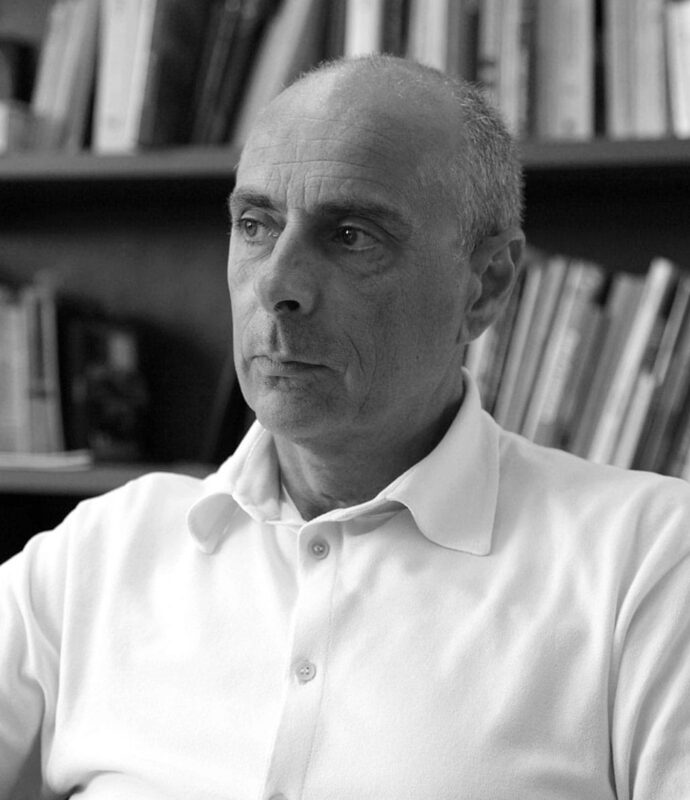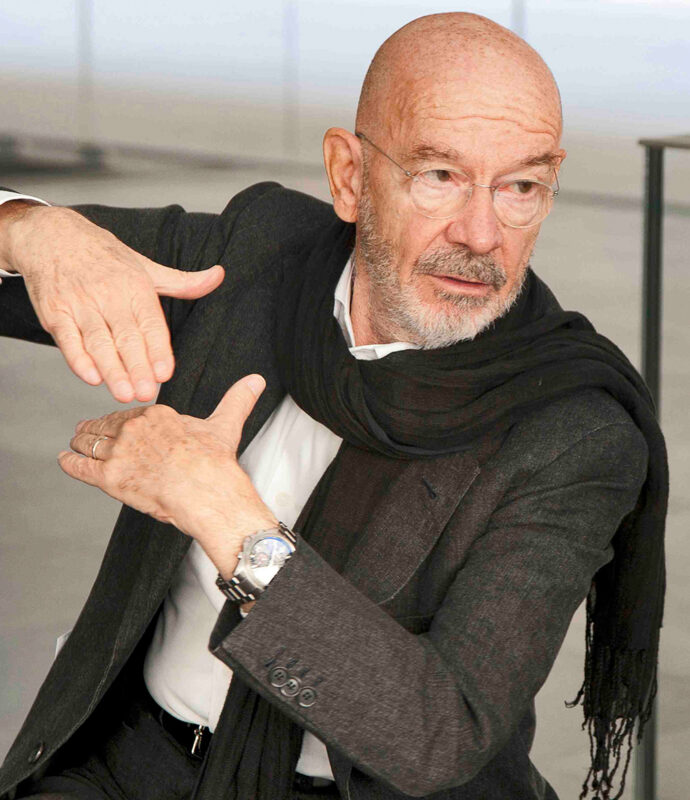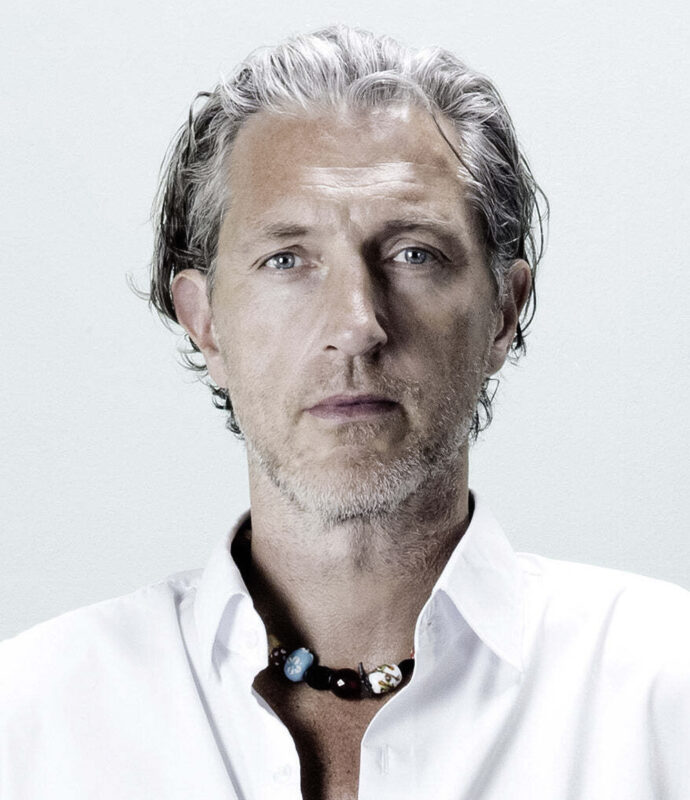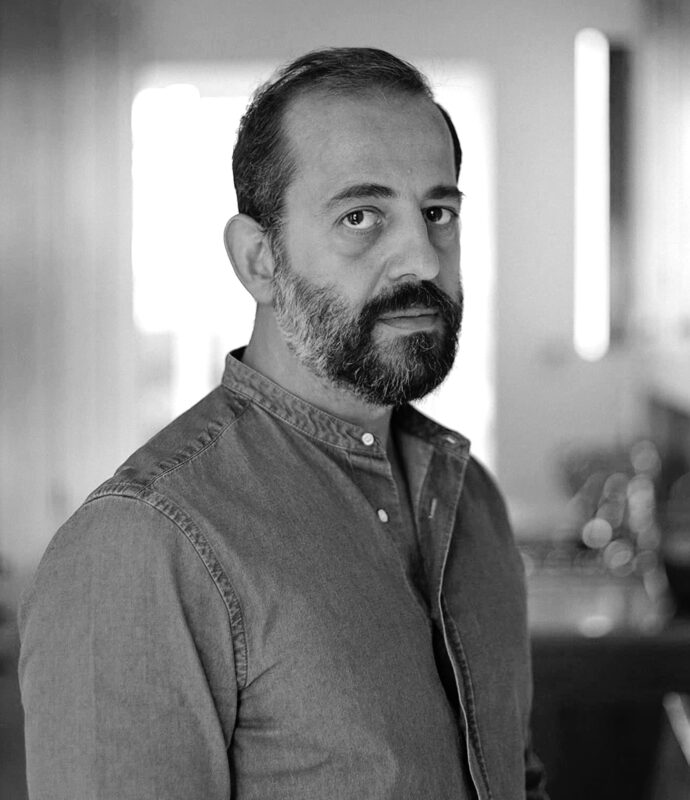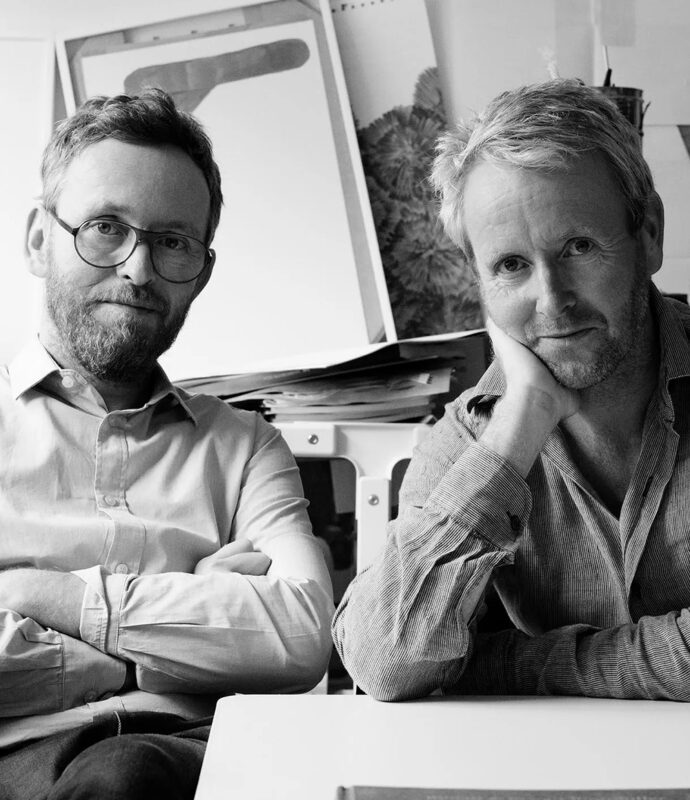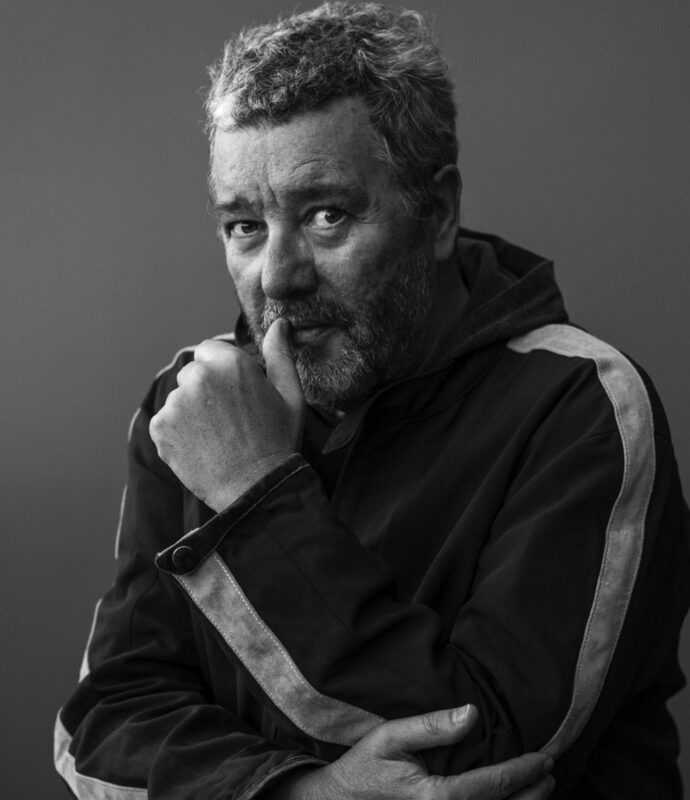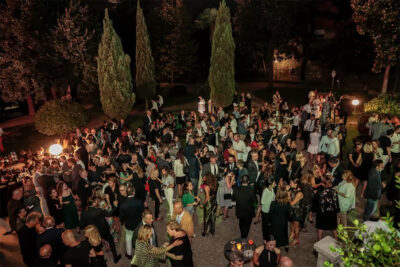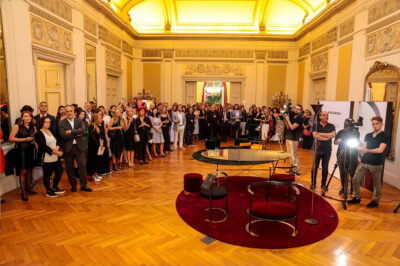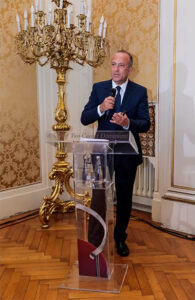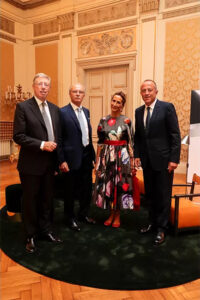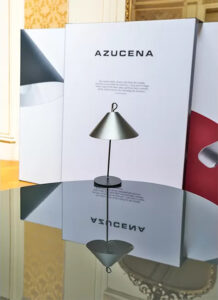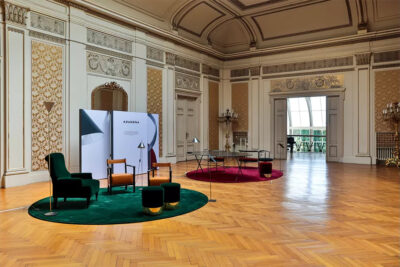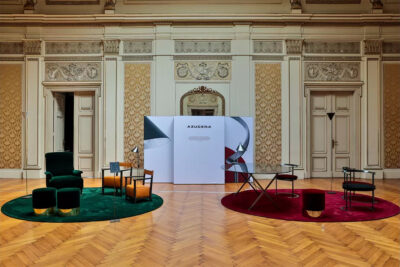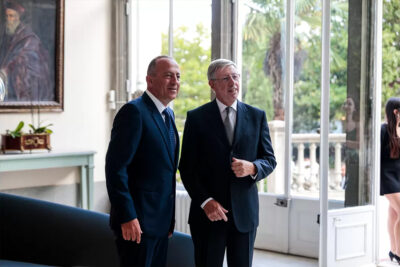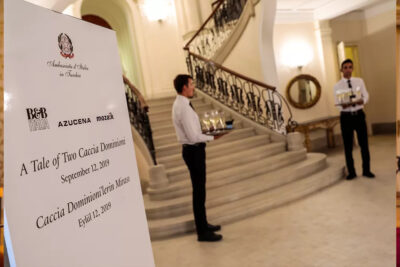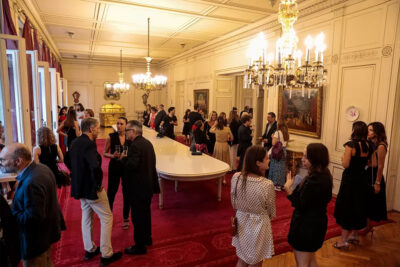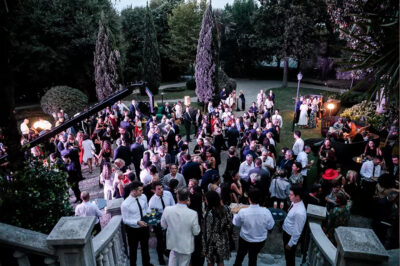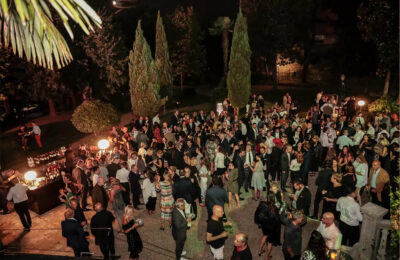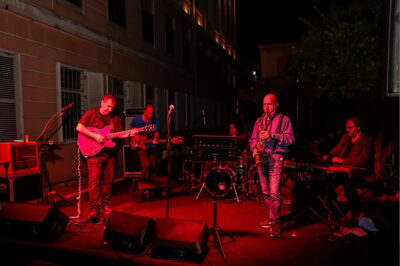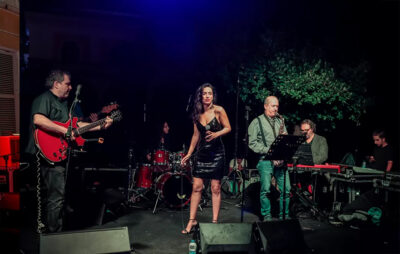The Embassy of Italy, Mozaik, B&B Italia and Bilkent University Faculty of Architecture organized two special nights on design and architecture in Ankara and Istanbul. In particular, the events focused on Paolo Caccia Dominoni, a soldier, writer, engineer, designer and architect, and Luigi Caccia Dominoni, architect, designer and urban planner, two cousins who made the Caccia Dominioni surname famous. On September 10, Prof. Cristina Pallini from the Italian Embassy Politecnico di Milano gave a presentation on the architect Paolo Caccia Dominioni (1896-1992), who designed the Italian Embassy compound in Ankara and supervised the construction works between 1938 and 1940, and on the architecture of the Italian Embassy compound. At the same event, a special exhibition of design works by Luigi Caccia Dominioni (1913-2016) from the Azucena Collection prepared by B&B Italia and Mozaik was also presented to the guests. Famous Italian architect and designer Luigi Caccia Dominoni and his works were introduced with the presentation of Prof. Giorgio Gasco from Bilkent University Department of Architecture.
On the occasion of the event on architecture and design, the Embassy of Italy organized an “Open day” and opened its doors to the students and faculty members of the Department of Architecture. During the visit for a closed group, the participants had the opportunity to closely examine the history and architectural features of the Italian Embassy compound.
In Istanbul, the Venetian Palace, the residence of the Italian Ambassador in Istanbul, hosted an important event on Italian design on September 12. The event featured a special exhibition of design works by Luigi Caccia Dominioni from the Azucena Collection, while Giorgio Busnelli, Chairman of B&B Italia, was among the participants. Both events aimed to increase the presence of important examples of Italian design and architecture in the sector and to make them better known in Turkey. In both events, different Italian design icons were also exhibited, allowing for an “artistic dialog” with Caccia Dominioni’s works.









